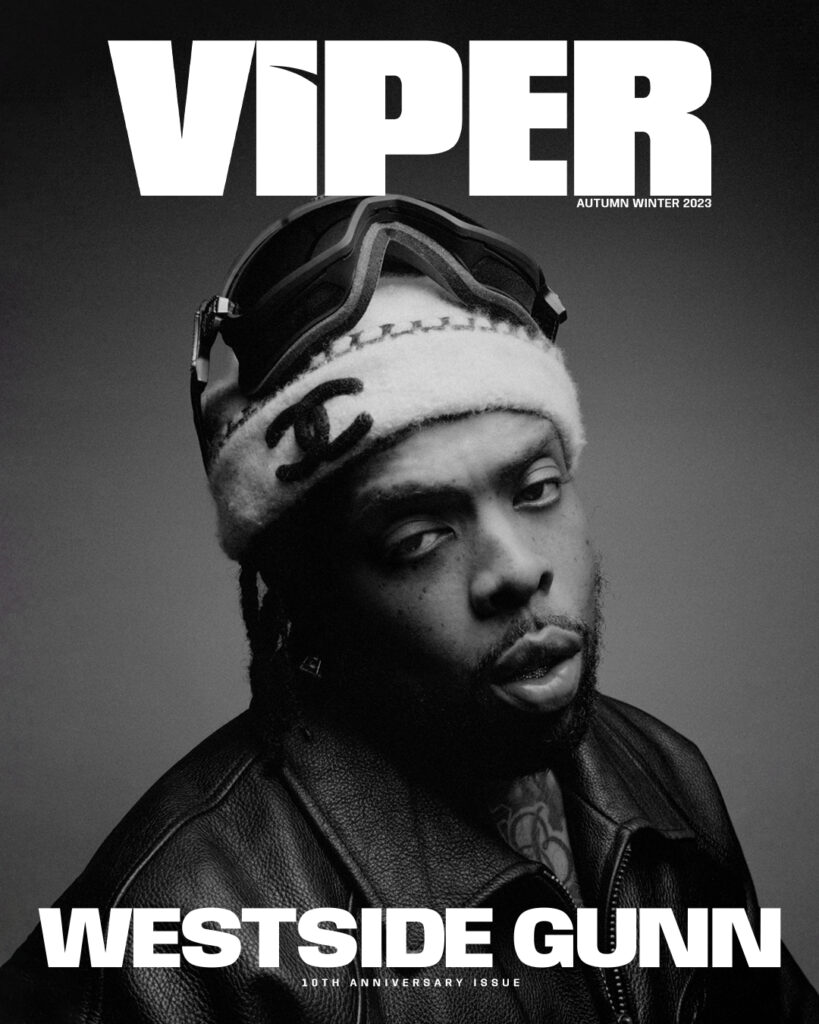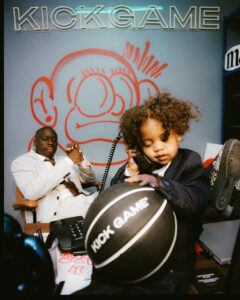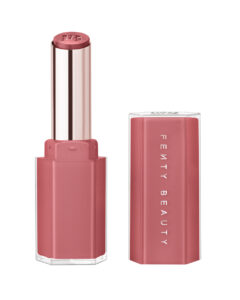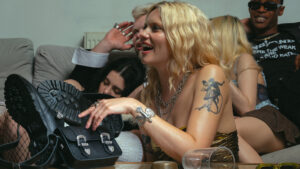With its adult and explicit content, rap music has had a long and unlikely bond with the world of cartoons…
In the nineties, RnB and rap music went sentimental. With samples from Annie appearing in Jay Z songs and a Rugrats Movie soundtrack including Blackstreet, an unexpected crossover was taking place. Hip hop artists ran with it, including Busta Rhymes and Missy Elliot. The trend continued throughout the nineties, right up until 2012 when Kendrick Lamar released his definitive track, ‘Cartoons and Cereal’ featuring Gunplay. The song details the innocence of childhood, alongside the fear and danger of growing up in gang territory. With several references to cartoons, it’s a song with enough nostalgia to be familiar, but so much personal identity it’s refreshing. Over mimicked gunshots, Kendrick name-checks Bugs Bunny, Scrooge McDuck, Wile E. Coyote and Dark Wing Duck.
When discussing rap songs that reference cartoons, there’s one that stands tall among the rest. That song is Ghostface Killah’s ‘The Forest’. Produced by Alchemist, the track is a psychedelic romp through the history of American cartoons, referencing old and new. Ghost’s no stranger to ‘toons, rapping over an MF DOOM beat on ‘Underwater’, he casually throws in a reference to the world’s favourite sponge: “She quoted I took notice, SpongeBob in the Bentley Coupe.” On ‘Outta Town Shit’ , he again referenced him saying someone had a “Face like SpongeBob.” Lil B paid homage as well, on ‘Breathe Slow’ when he said: “I’m SpongeBob SquarePants, I’m strapped with the heater.” The Based God continued the Nickelodeon theme with a freestyle entitled, ‘Swag Like Dora’, showing references spread deep into the world of animation.
It seems SpongeBob is one of the most mentioned cartoons in rap culture, having been name checked by everyone from Meek Mill to Childish Gambino. Even the UK’s Grime scene has taken note of life as SpongeBob SquarePants with C4’s insightful insult, “You man are drier than SpongeBob when he’s at Sandy’s house” on Lay-Z’s ‘Pride’, produced by Preditah. Prince Paul went a step further and contributed a song for the film’s soundtrack, ‘Prince Paul’s Bubble Party’, a pop track detailing Patrick the Starfish learning to blow bubbles. Unfortunately his mellow mix of the SpongeBob SquarePants theme song didn’t make the cut.
A recent collaboration with Ice Cream brought Bob back into the spotlight, as his wide eyes and square pants appear on a line of T-shirts, hoodies and more. The collaboration comes as no surprise, since Pharrell’s been rocking a SpongeBob chain for a few years now. The super rare lego Bwoywonder piece is rarely seen but is bigger than his head. Just as rare, his friend Nigo is known to have a SpongeBob chain with a moving arm. Their mutual love for the yellow superstar has led to a number of streetwear collaborations for the cartoon character.
Prior to Ice Cream’s recent capsule collection, A Bathing Ape released the patent yellow Bapesta in 2007 and Pharrell was later seen in a custom-made crocodile pair. In 2008, Bape expanded the collection to include a range of tees with SpongeBob and his starfish homie, Patrick. SpongeBob has infiltrated many avenues outside of children’s TV, including art and fashion. Artist Mike Frederiqo’s collection of tees depicts a range of cultural icons in sponge version, including Pharrell who appears wearing a NERD belt and hugging the SpongeBob toe socks he’s expressed love for in several interviews.
When considering the history of cartoon characters in streetwear, it’s important to pay homage to Iceberg History who defined an era of fashion with their cartoon emblazoned clothing. Iceberg’s designer, Jean-Charles de Castelbajac, is a master of animated design, having featured timeless cartoon characters like Sylvester the Cat and Popeye. With cartoon characters emblazoned across Iceberg’s T-shirts and denim, the clothes were adopted by rappers like Jay Z and Pimp C. The machismo nature of rap music makes it an unlikely backdrop for animated characters but the nineties saw the two interact in a way we’d never seen before. The innocence of children’s entertainment, and the blatant aggression of rap music are beautifully oxymoronic.
This is an extract from the Spring Issue of Viper Magazine. Read more from the magazine here. Buy physical and digital copies here.
Photography by Eddy Leonardo
Words by Lily Mercer




